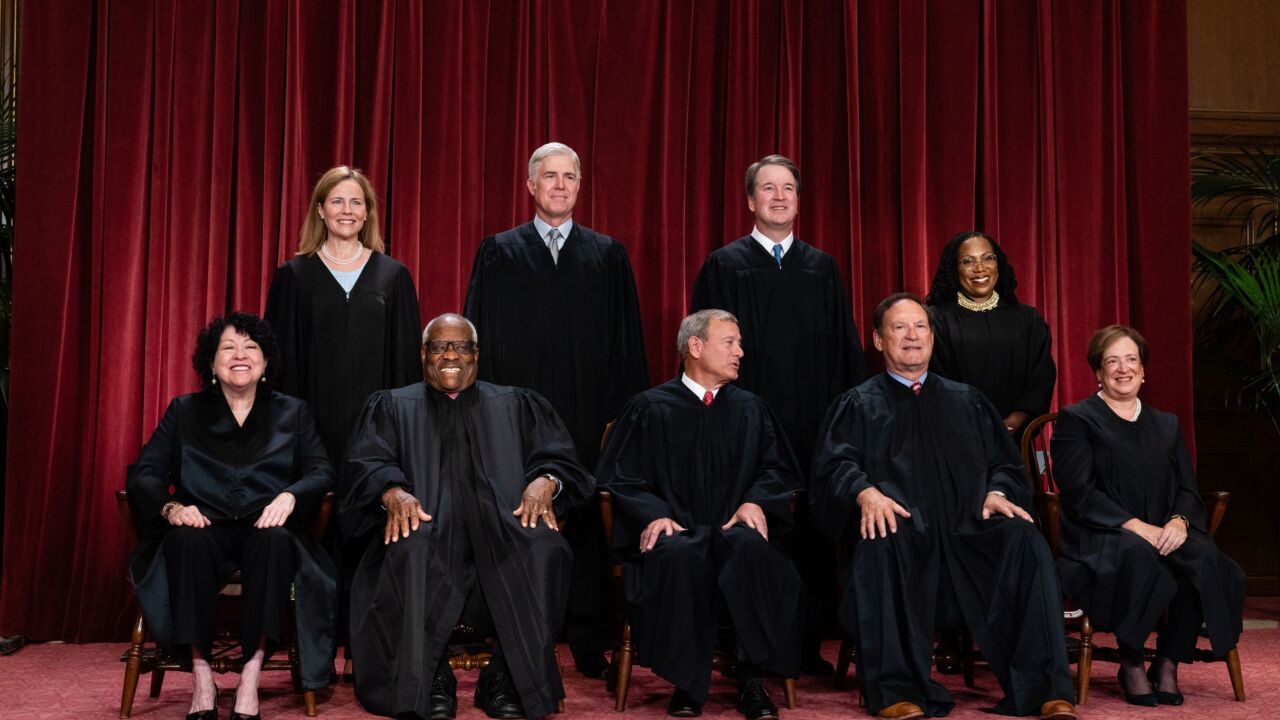Observers are divided over whether contactless and signatureless debit payments offer benefits to merchants, but many agree that the two emerging formats could cut into PIN debit networks' transaction volume.
Contactless and signatureless payments were both designed for speed, and the faster customer throughput is good for high-traffic merchant locations. However, they both treat debit transactions as signature-based payments, which travel across credit card networks instead of PIN debit systems, and cost more to process than PIN payments.
PIN debit network executives, banks, and merchants say that the number of such payments is relatively low now, but both formats have strong backing from issuing banks and card associations. And if contactless and signatureless take off, they will probably eat into the networks' revenue and drive up merchants' costs.
Mike Williams, the senior vice president for Fiserv EFT and the head of the company's ACCEL/ Exchange Network, said that with the higher interchange rates, it "makes no sense" for merchants to accept contactless and signatureless payments.
Though he conceded that both are more convenient than PIN debit, which requires customers to enter their PIN to authorize the transaction, Mr. Williams said this benefit is trumped by cost. "Obviously there is some advantage of that, but from a transaction perspective, you're forcing the consumer to pick a more expensive option," he said.
The shift in the payments mix could affect his company, Mr. Williams said. "There is a potential for transaction loss. From our perspective as an EFT network, it obviously is a concern."
Both types of payments are getting major pushes. JPMorgan Chase & Co. has issued about 7 million contactless credit cards under its Blink brand, since announcing them a year ago, and last month said it had begun offering Blink debit cards as well. Several other banks offer contactless debit cards, including Citigroup Inc., Fifth Third Bancorp, and Royal Bank of Scotland PLC's Citizens Financial Group Inc. (Wells Fargo & Co. said last month that it would issue contactless credit cards later this year.)
The cards contain wireless chips that transmit payment information to a special reader at the point of sale. Advocates say it is faster to process contactless payments than either PIN debit or traditional magnetic stripe transactions.
In April, Visa U.S.A. instituted rules that raised to $25 the ceiling for credit and signature debit purchases that can be authorized without a customer's signature. The San Francisco card association said the move was aimed at increasing the volume of such transactions; it applies to such low-risk merchant categories as fast-food restaurants, movie theaters, and parking lots.
Richard S. Jenkins, the senior vice president and corporate counsel for the debit network Shazam Inc., said that contactless and signatureless transactions would drive down PIN debit volume if they become more common, but that it is not an issue now. "We're certainly monitoring that development," he said.
Pulse EFT Association's president, David Schneider, said contactless and signatureless debit would not affect his company's transaction volume. Pulse is a subsidiary of Morgan Stanley's Discover Financial Services Inc., which issues Discover credit cards.
"We support anything that adds transaction volume to card-based products and helps consumers feel better about moving away from paper-based transactions," Mr. Schneider said. "That is a good thing for everyone involved in the payments industry, and has the potential for improving all of our businesses."
Both Pulse and Fiserv EFT are working on standards for contactless PIN debit purchases, which would route payments over the cheaper PIN networks.
Tim Sloane, the director for debit advisory service at Mercator Advisory Group Inc. in Waltham, Mass., said it's "a mistake" for merchants to accept contactless and signatureless transactions.
"I believe there is value in signatureless and contactless at peak traffic times for these merchants, but at low-traffic times, they should continue to think about steering to PIN," Mr. Sloane said. The ideal compromise, he said, would be a payment terminal that promotes the faster options only during peak hours, then shifts to PIN payments during slack periods, though there are no such systems now, he said.
Paul A. Tomasofsky, the president of Two Sparrows Consulting LLC, said the jury is still out on the advantages of contactless payments. "They are more expensive to process than alternatives," he said, "but if contactless cards increase merchant sales enough to cover the incremental costs, then they will be better off."
Merchants seem unconcerned about the higher cost of contactless and signatureless debit payments. Mike DeAngelis, a spokesman for CVS Corp., said the drugstore chain is well aware of the pricing issue but decided to install contactless readers to improve service.
CVS and its competitors "all basically sell the same merchandise, so we have to differentiate ourselves through customer service," Mr. DeAngelis said. "Everything at CVS is geared towards convenience," and accepting contactless cards is another way to add that "right at the point of transaction."
McDonald's Corp. spokeswoman Danya Proud said the fast-food giant has installed contactless readers to offer as many payment options as possible and to shorten checkout time. "The business decision behind making our restaurants cashless is really driven by faster and more convenient payments," she said.
Mallory Duncan, the general counsel for the National Retail Federation, a Washington trade group, said: "The restaurant guys talk about that a lot. When you've got people lined up at lunchtime, you can't wait for … [the terminals] to spit out a receipt and sign it, so speed is a major driver."
But the volume of contactless and signatureless transactions is still low compared with standard card payments, and though merchants are not worried about the processing costs now, that could change if the payment formats become more popular with consumers.
Many merchants are upset about paying interchange fees to accept cards and "are looking very hard for alternatives to Visa and MasterCard, rather than ways to expand the uses of Visa and MasterCard," he said.
JPMorgan Chase spokesman Tom Kelly said that merchants' decision to accept contactless and signatureless payments is steered primarily by customer preference, not cost. "For the merchant, if the customer is happy the merchant is happy," he said.





